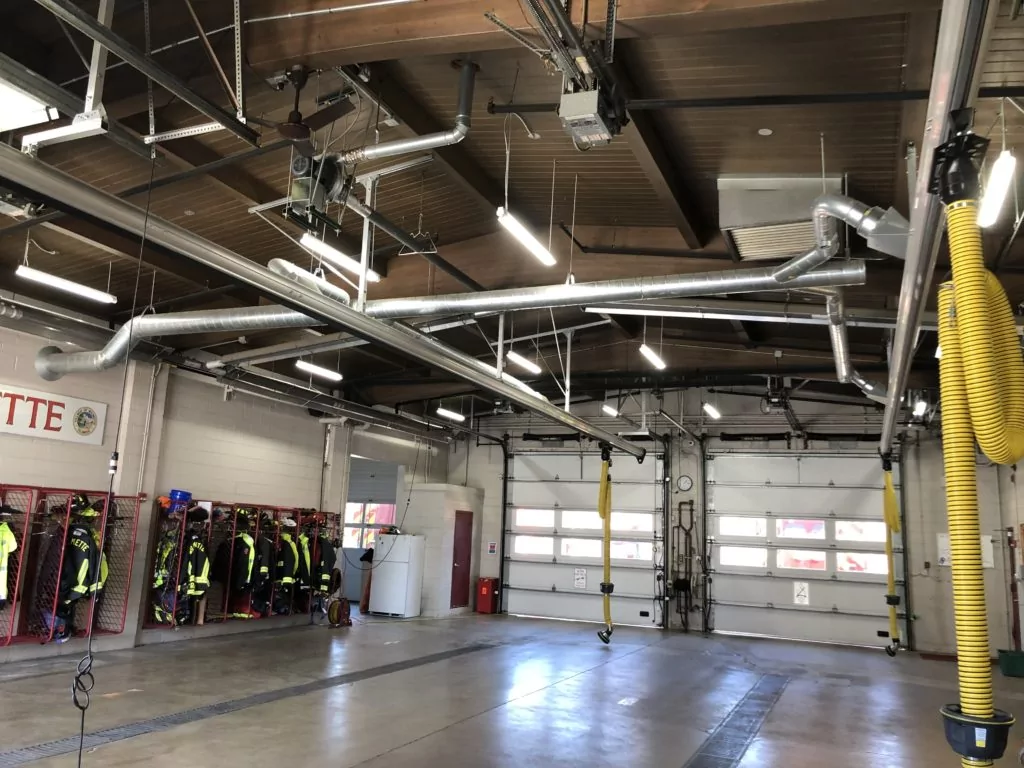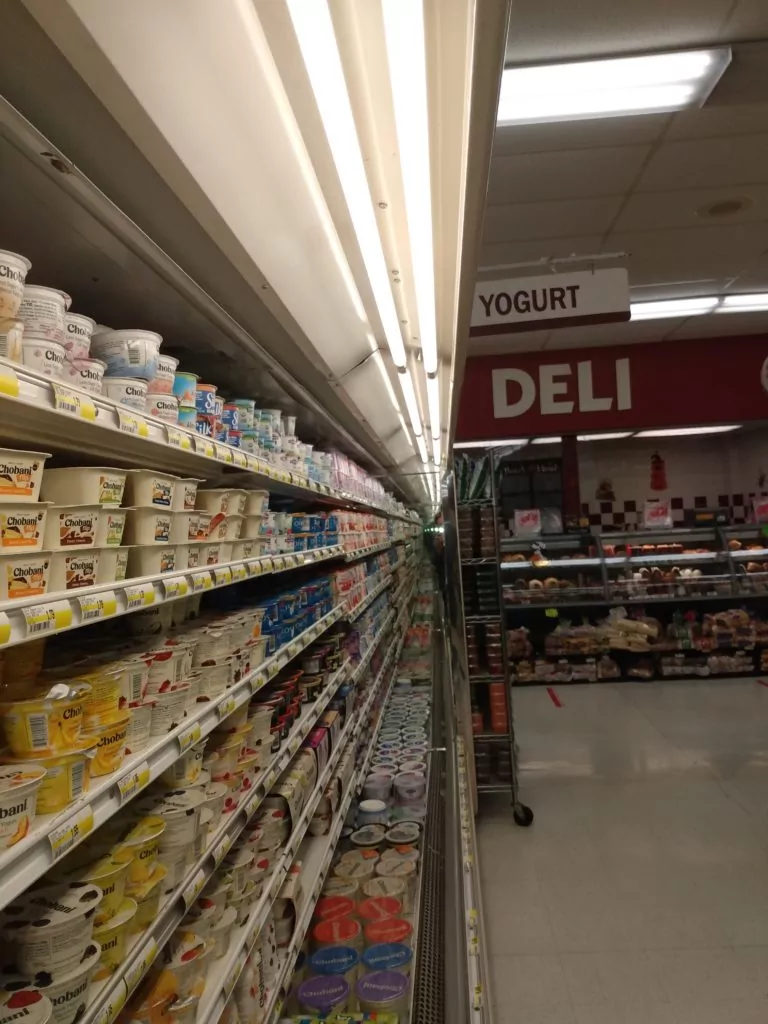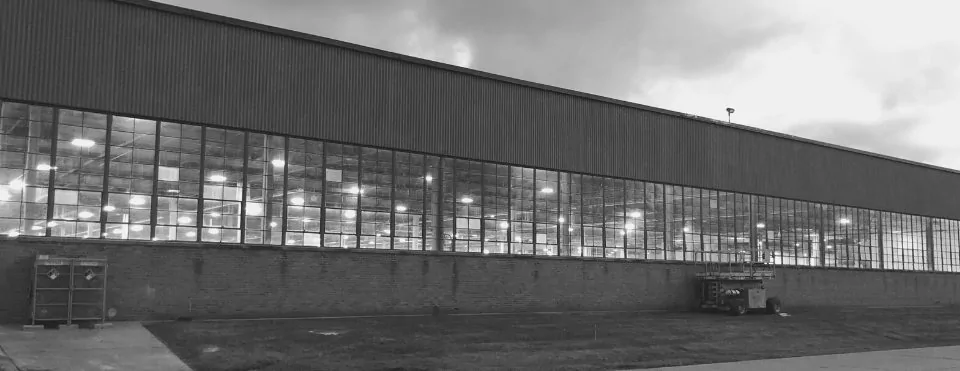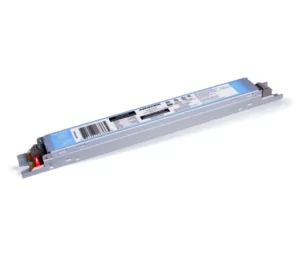Do You Need a Ballast for LED Lights?

Jan 08 2018
The water fountain spigot kind of acts like a ballast in this situation. A ballast regulates the current that’s coming at a lamp. It gives an initial burst just to get things going, then it makes sure the electric current is controlled and steady. Not getting the lamp’s shoes all wet. A ballast for Light Emitting Diode (LED) lights is not required – instead a driver is required.
There are two types of ballasts we deal with for existing fluorescent lights- magnetic and electronic. The difference is the mechanism they use to transform the incoming voltage.
- Magnetic ballasts – heavier than bad news on a rainy day. Average 3.5 lbs. These bad boys are also why you associate a “humming” noise with fluorescent lights – they have a transformer consisting of a magnetic core and wire wrapped around it.
- Electronic ballasts – use solid state circuitry to operate – no hum. Lighter and more efficient, they have been encouraged by energy efficient legislation dating back to the late 80s.
Alright so now that we know fluorescent lamps are like toddlers that need their food blended before they can eat it, what about LED lamps?
“LEDs are from the future! Surely they don’t need an archaic metaphoric blender!”, you say. LED lamps and fixtures use a different type of power source, in what is referred to as an LED driver. The driver converts electricity to DC, which is required for the diodes to operate. Some smart folks say that the driver is just another word for a ballast, and they are right and wrong!
How is a fluorescent ballast different than a LED driver?
A fluorescent ballast is used to ignite the fluorescent lamp, whether it is a T12, T10, T8 or T5. It is often AC regulated, which means the power comes in as an alternative current (AC) and is modified to match the lamp. Most of our grid power is an even keel 120 volts (V). However, it can ebb and flow, sometimes not being exactly at 120 V. This change can be bad for a big old glass filled with gas, so the ballast helps keep things regulated and smooth. Without ballasts, fluorescent lamps would be exploding all over the place like an adventure film.
LEDs work on Direct Current, or DC. So the main purpose of a LED driver is to take that same 120V power and convert it to a DC current. LEDs are highly sensitive to current and voltage, so the driver helps keep things smooth like butter. Typically, LEDs will last forever, and drivers are the place that they fail. Typically.
Some LED drivers are external and wired to the fixture, and some are internal in the lamp or tube. This can create issues and confusion, especially since some ballasts can then drive internal LED drivers.
Type A – ballast for led lights compatible
Can LED lamps work off of existing ballasts? Yes, if they have an internal driver than can work off that ballast. Philips, for example, has designed a tube that is compatible with an existing electronic ballast. Cue buzzword plug-and-play. Super cost effective because it brings down the labor cost of changing the fixture. This is referred to as a Type A lamp, and can come with a $4 to $5 Instant Discount.
This solution is ideal for well maintained electronic fluorescent ballasts. If ballast are less than 10 years old, or there are staff on hand that can change a ballast, this is a good opportunity. Energy savings can be achieved quickly, with lower labor and material costs.
Type C – Driver, not ballast for LED
If you don’t have tubes that are compatible, then you will need an LED driver. You do not need a ballast for LED lights, but instead a driver. This is called a Type C application, with a tube and driver that work together.
Verde often uses this approach to replace T12 magnetic ballasts, as well as older T8 systems with aging electronic ballasts. The Type C system will typically last 70,000 hours in a system, so there is a huge benefit to replace the entire system at one time. This can be more expensive due to the higher labor costs, but this can at times be offset by incentives from the local utility.
Type B – Hard wire to socket
Finally, there are hard wired fluorescent LEDs, which take 110/120V electricity right to the socket. These lamps have a driver inside the tube. These are called Type B applications.
This system approach is increasingly popular around the country, as it removes a failure point (ballast or external driver) from the equation. However, it is commonly faced with safety concerns, and has less incentives available in some utility programs.
The biggest issue with this kind of design, in our opinion, is that they last less time than Type C retrofit. Since LEDs run on DC power, you have to fit a very tiny conversion product inside the tube, so it just doesn’t last as long as the big and bulky external drivers. However, a lot of customers like the low cost of the Type B tube, and relatively low labor involved. Type B takes more time than Type A, but about the same as Type C.
What About Lumen and Color Selectable Lamps?
For the past few years, there have been lumen (light output) selectable tubes, as well as color selectable. When we say color selectable, we don’t mean red, white and blue like an American flag. We man yellowish, clear, or bright and crisp (2700 kelvin, 4000 kelvin or 5000 kelvin). The lower the kelvin, the more yellow in the light – although it is all white light. You can typically find these in Type A, B and C lamps, although each manufacturer is different. This change of product has been great for reducing inventory, although they do typically cost a little bit more.
And we always encourage our clients to think about rebates, which can be a tad bit tricky on lumen (wattage) selectable lamps. The rebates are about the amount of watts reduced, and typically we need to use the highest wattage on selectable products. So rebates may be smaller with lumen selectable products, depending on the situation. Basically, it’s like rocket science, so always good to have a rebate specialist on your side.
Conclusion
So, the moral of the story, kids….you’re going to need some way to control the current coming into your LED tube. It all depends on the type of tube ya got. If you need an energy efficiency expert, you should talk to someone hooked up with your local utility so they can advise you on the right approach. Depending on your labor force, price, and current pain point – as well as the incentive available, this can really change.
Featured Posts

Mar 15 2021
Energy Savings Formula
In 2002, I became a firefighter in the north suburbs of Chicago. I was young and idealistic - loving almost every part of the job. However, I had another secret passion - sustainability. In addition…
Continue Reading >

May 02 2019
Verde Energy Efficiency Experts 10 Most Sustainable Companies in Chicago
In our energy efficiency consulting firm, we constantly look for inspiration from local companies that lead and innovate in clean energy and sustainability. Not all companies have billion dollar budgets, but that doesn’t mean that…
Continue Reading >
Related Articles

May 30 2024
Energy Efficiency Lighting Systems in Hotels
Lower Energy Cost Hospitality with LED Lighting Systems In today's environmentally conscious world, hotels are increasingly looking for ways to reduce their impact. Energy-efficient lighting systems are a powerful tool in this effort, offering a…
Continue Reading >

Aug 29 2023
The Importance of Converting to LED Display Case Lighting
Light emitting diode (LED) lighting is quickly becoming the standard for display case lighting. This is due to a number of advantages that LED lights have over traditional lighting technologies, such as incandescent and fluorescent…



